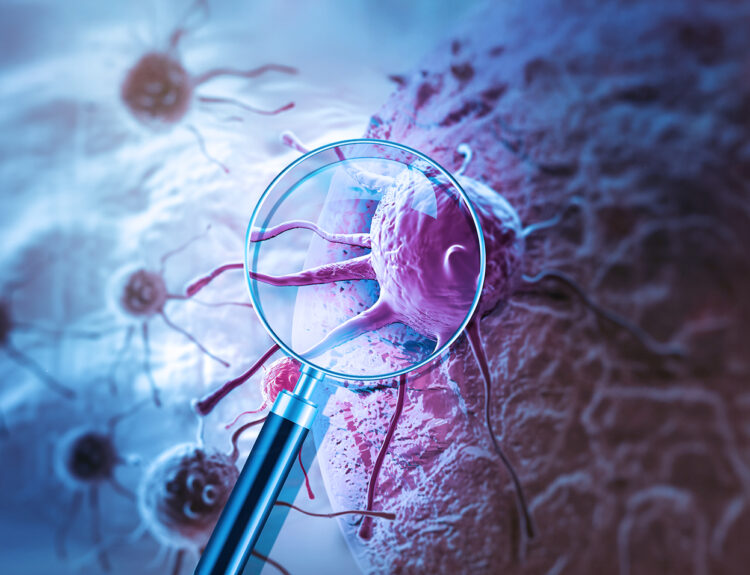Glioma Overview
Low-grade glioma, also known as grade 2 glioma, generally affect young adults. The pathophysiology gradually leads to neurologic deterioration and ultimately, early death. Common treatment options are surgery, radiotherapy, or chemotherapy. However, recent advancements have shown that people suffering from glioma showed a longer progression-free survival (PFS) in comparison to those who were given only radiotherapy when prescribed radiotherapy along with chemotherapy consisting of procarbazine, lomustine (CCNU), and vincristine (PCV).
Glioma Study
The study was performed under the name of Radiation Therapy Oncology Group (RTOG) 9802, and results of the phase III clinical trial were published on April 7, 2016, in the issue of the New England Journal of Medicine. In this study, 251 patients suffering from low-grade glioma were enrolled between October 1998 and June 2002. These patients were at a greater risk because they were ≥40 years old or the tumors were almost, but not completely removed surgically. They were randomly divided into two groups, one receiving either radiotherapy along with 6 rounds of PCV chemotherapy and one receiving only radiotherapy. Tumor samples were collected before starting treatment for pathological review and samples were prepared for correlative lab studies.

With a median follow-up of 11.9 years, the study revealed that 67% of patients presented with tumor progression and 55% of the participants expired. Patients who received combined therapy showed a longer median survival time (13.3 years) in comparison to those receiving only radiotherapy (7.8 years). The median PFS time was 10.4 and 4.0 years for people receiving combined therapy and radiotherapy, respectively. The dual therapy proved all the more beneficial because the 10 year PFS rate for patients was 51% versus 21% in those receiving only radiotherapy; the overall survival rate was 60% and 40%, respectively. Research even suggested that cognitive functions of the patients receiving dual therapy were less compromised in comparison to those receiving only radiotherapy.
Researchers found that both PFS and overall survival rates were better when patients received both radiotherapy and chemotherapy, especially in cases that histopathologically had oligodendroglioma. The toxic side effects of the treatments were greater and constant in patients undergoing PCV chemotherapy. Commonly observed toxicities were a loss of appetite, nausea, vomiting, and tiredness.
Result
Results of this study suggest that for longer survival rates in patients suffering from low-grade glioma, the treatment should begin with radiotherapy followed by PCV. Using this as a rescue treatment for relapse after using only radiotherapy would not be very effective. Furthermore, researchers are of the view that in some patients, genetic alterations were the cause of glioma being resistant to chemotherapy.
Credit: Dr. Rachita on behalf of Borderless Access






